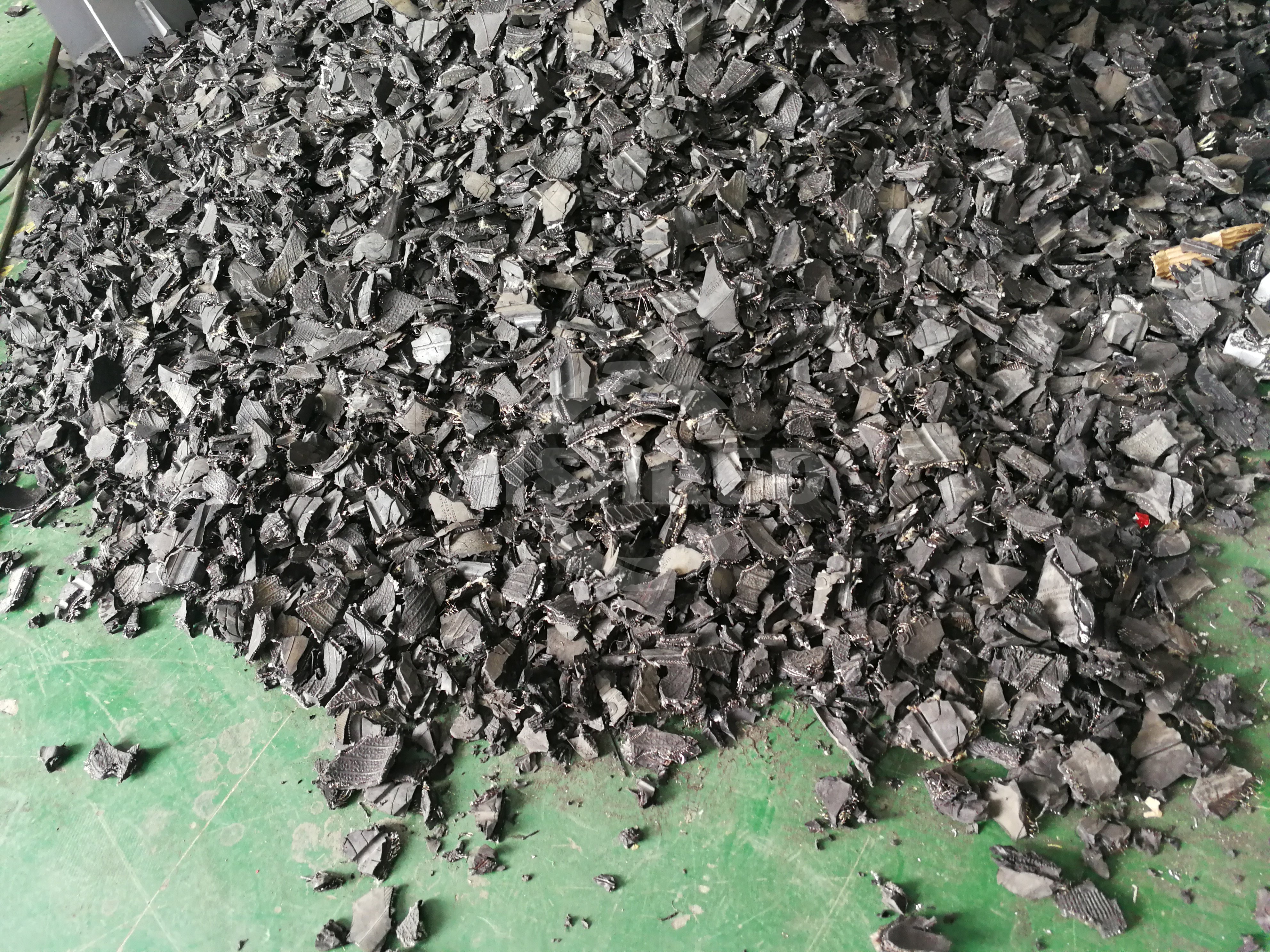In the production process of RDF, improving the calorific value is the key to ensuring its energy efficiency and economic value. Since some domestic waste, construction waste and industrial solid waste have low calorific values, adding high calorific value materials has become an important strategy to optimize RDF performance. Waste tires have become the best choice to improve the calorific value of RDF.

Why choose tires
Waste tires contain a lot of rubber and carbon black, and have excellent combustion performance:
- High calorific value: The calorific value of tires can reach 30-35 MJ/kg, which is much higher than that of domestic waste (about 6-12 MJ/kg)
- Stable combustion support: A small amount of addition can significantly improve the overall calorific value and combustion efficiency of RDF
- Resource utilization: Achieve the reduction, harmlessness and high value of waste tires, and reduce environmental pollution
How to add
- Pretreatment: According to actual needs, use integrated slicing and dicing machine, tire shredders and other auxiliary equipment to achieve the required particle size, 20mm-50mm
- Reasonable ratio: The recommended addition ratio is 5%-15%, which can be flexibly adjusted according to needs
- Co-combustion: Suitable for high-temperature scenes such as cement kilns and industrial boilers
Precautions
- Chlorine content and pollution control: Some tires may contain chlorides, which need to be tested to avoid harmful gas emissions;
- Ash treatment: The combustion residues may contain metals and high ash components, and a complete flue gas and slag treatment system should be provided;
- Compliance use: According to local environmental regulations, tires should be burned in qualified co-processing facilities, such as cement kilns or high-temperature industrial furnaces.
GEP ECOTECH can provide complete tire pretreatment equipment to help you achieve efficient and environmentally friendly solid waste fuel goals. Welcome to contact us for professional solutions and suggestions!

